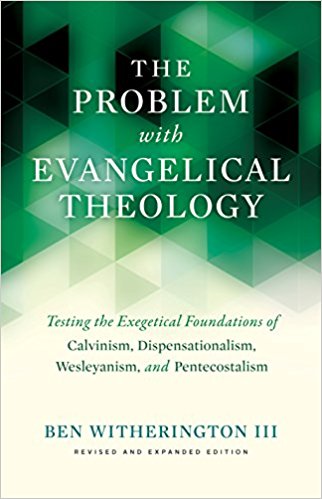In some ways, the most difficult things to interpret in the Bible are the historical narratives. Not the laws, not the wisdom literature, not the prophecies. No it’s the narratives. Why? In part, it is because of the striking honesty of the narratives. We see even the main positive characters sin and have feet of clay, with the notable exception of Jesus of course. This is true of Noah, Abraham, Moses, Elijah, Elisha, Joshua, Gideon, and I could go on to various NT characters including Peter and others. And some of the main characters like Samson don’t seem even remotely like Biblical role models for us. Of course it is a mistake to judge OT characters by NT standards which they didn’t know and didn’t try to live up to.
But still, we have to ask the question— is the inspired author intending to provide us with simply a historical account of what happened or even what normally happened without any sort of moral implications, or is he intended to teach us something about our own conduct? And if he is trying to do the latter, then is he teaching us to go and do likewise, or is he teaching us to go and do otherwise? Just because a major, largely positive portrayal of a character happens in the Biblical text, we still have to ask— should we follow his example, or not? If you ask me, while Elisha is a largely positive character in the historical narratives his cursing the children who taunted him and thereby summoning bears to maul them is an example of a prophet misusing the spiritual power God gave him (which by the way can happen with any spiritual gift. They can be used but also abused.) If anything, that Elisha story is a go and do otherwise story, if it has an ethical message.
But what about in the NT? Now we are dealing with followers of Christ. Can’t we just pattern after them? Even here one has to ask how they are portrayed and what they do. In the book of Acts, I doubt Luke wants us to follow the example of Ananias and Sapphira and take up lying to the Holy Spirit and trying to deceive our church leaders. But what about where there seems to be a positive repeated pattern, like in the last few verses of Acts 2 and Acts 4 where the fledgling church was all of one accord and everyone was sharing etc.? Here I would say we begin to find a principle of how to deal with narratives. If we conclude they do have an ethical thrust, we look for positive or negative repeated patterns and then may conclude we should go and do likewise or go and do otherwise.
What we can’t do is simple pick out a narrative, read it, and assume it’s fine to go and follow the example of this or that person in the text. Notice that in the NT the repeated theme is imitating Christ, not even, with rare exception, imitating early Christians (Paul does once say be imitators of me as I am of Christ). So please…. don’t read the story of David and Goliath and assume that if there is a big bully bothering you, you should take your slingshot and a big rock, and then go head the guy in the forehead with the stone. That would be a violation of Jesus’ turn the other cheek teaching, and not returning abuse with abuse. David is battling invading Philistines, you are not. That story is a one off. Think about these things.













